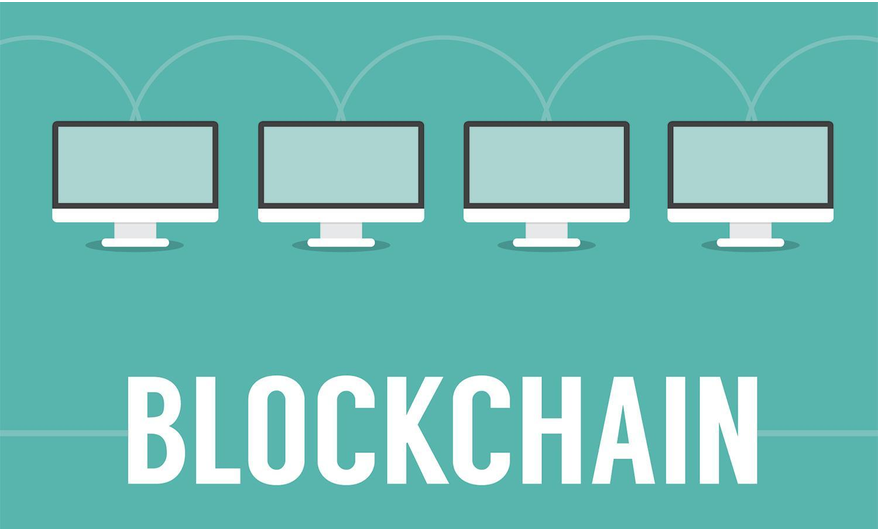A bright future on Steem?
It is undeniable that AI and blockchain are two of the major technologies that are catalyzing the pace of innovation and introducing radical shifts in every industry. Each technology has its own degree of technical complexity as well as business implications but the joint use of the two may be able to redesign the entire technological (and human) paradigm from scratch.
This article wants to give a flavor of the potentialities realized at the intersection of AI and Blockchain and discuss standard definitions, challenges, and benefits of this alliance, as well as about some interesting player in this space.
A blockchain is a secure distributed immutable database shared by all parties in a distributed network where transaction data can be recorded (either on-chain for basic information or off-chain in case of extra attachments) and easily audited.
A blockchain is a secure distributed immutable database shared by all parties in a distributed network
Put simply (with Bank of England’s words), the blockchain is “a technology that allows people who don’t know each other to trust a shared record of events”.
The data are stored in rigid structures called blocks, which are connected to each other in a chain through a hash (each block also includes a timestamp and a link to the previous block via its hash). The blocks have a header, which includes metadata, and a content, which includes the real transaction data. Since every block is connected to the previous one, as the number of participants and blocks grow, it is extremely hard to modify any information without having the network consensus.

The network can validate the transaction through different mechanisms, but mainly through either a “proof-of-work” or a “proof-of-stake”. A proof-of-work (Nakamoto, 2008) asks the participants (called “miners”) to solve complex mathematical problems in order to add a block, which in turn require a ton of energy and hardware capacity to be decoded. A proof-of-stake (Vasin, 2014) instead tries to solve this energy efficiency issue attributing (roughly) more mining power to participants who own more coins (there are many variations of it and some skepticism around its famous “nothing at stake” problem — see Buterin’s blog post to know more on this).
Additional mechanisms are the Byzantine-fault-tolerant algorithm (Castro and Liskov, 2002), the Quorum slicing (Mazieres, 2016), as well as variations of the Proof-of-stake (Mingxiao et al., 2017), but we will not get into those now.
The final characteristic that needs to be explained is the category of blockchain based on the different network access permission, i.e., whether it is free for anyone to view it (permissionless vs permissioned) or to participate in the consensus formation (public vs private). In the former case, anyone can access and read or write data from the ledger, while in the latter one predetermined participants have the power to join the network (and of course only in the public permissionless case a reward structure for miners has been designed).

It should be clear by now the intrinsic power of this technology, which is not simply a disruptive innovation but rather a foundational technology that aims to “change the scope of intermediation” (Catalini and Gans, 2017). Distributed ledger technologies will indeed reduce both the costs of verification and networking, influencing then the market structure and eventually allowing the creation of new marketplaces. Iansiti and Lakhani (2017) also drew a brilliant parallel between blockchain and TCP/IP in a recent work (which I highly recommend), showing how blockchain is slowly going through the four phases that identify previous foundational technologies such as the TCP/IP, i.e., single-use, localized use, substitution, and transformation. As they explained, the “novelty” of such a technology makes it harder for people to understand the solution domain, while its “complexity” requires a larger institutional change to foster an easy adoption.
However, it is also true that the blockchain is shifting the traditional business models distributing value in an opposite way with respect to previous stacks: if it made more sense to invest in applications rather than protocol technologies fifteen years ago, in a blockchain world the value is concentrated in the shared protocol layer and only marginally at the application level (see the “Fat Protocol” theory by Joel Monegro).
It’s a stack with “fat” protocols and “thin” applications (Joel Monegro).
To conclude this introductory section, I will just mention on the fly the possibility for the blockchain to not simply allow for transactions but also the possibility to create (smart) contracts that are triggered by specific events and threshold and that are traceable and auditable without effort.
Bonus Paragraph: Initial Coin Offerings (ICOs)
A big hype is nowadays surrounding this new phenomenon of the Initial Coin Offerings (ICOs). Even if many people are pouring money into that because of its resemblance to the most common (and valuable) Initial Public Offerings (IPOs), an ICO is nothing more than a token sale, where a token is the smallest functional unit of a specific network (or application).
ICOs experts (if any) will forgive my approximate definition, but an ICO is a hybrid concept that has elements of a shares allocation, a pre-sales/crowdfunding campaign, and a currency with a limited power and application’s domain.
It is definitely an interesting innovation that introduces new unregulated ways to raise capitals, but it also poses several issues to an unprepared community. I am happy to receive feedback on this, but I would distill the key points of an ICO evaluation in what follows:
a token has an additional utility with respect to the exchange of value and companies selling token with the only goal of raising capital are sending a bad signal to the market. Tokens are needed to create a users’ base and to incentivize stakeholders to participate in the ecosystem at the earliest stage.
A good white paper is not enough;
Be wary of token sales that are uncapped;
Be wary of token sales that have no time limit;
Be wary of token sales that do not clearly state the (present and future) number as well as the value of the token (it could sound absurd, but you may be surprised of how non-transparent an ICO can look like).
Maybe Steem will be part of a bright future. I will hope for it